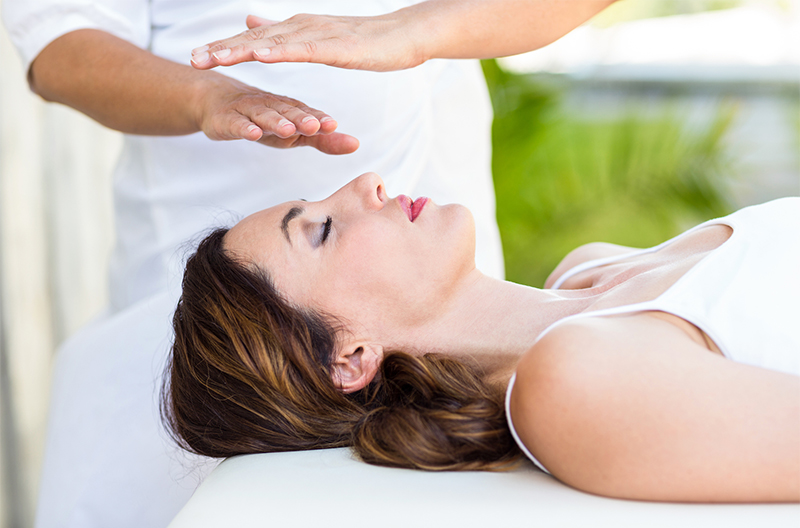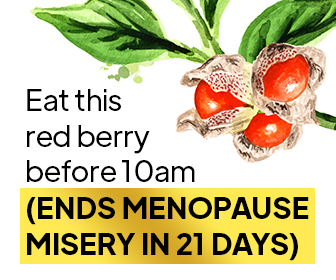Looking for a low-cost form of pain or stress relief? Reiki healing is a traditional Japanese form of therapy that could be the answer. The holistic approach to healing has become wildly popular in recent years, but is it worth the hype? Here’s what you need to know about the foundations of this practice and how to prepare for your first session.
What is Reiki Healing and Reiki Massage?
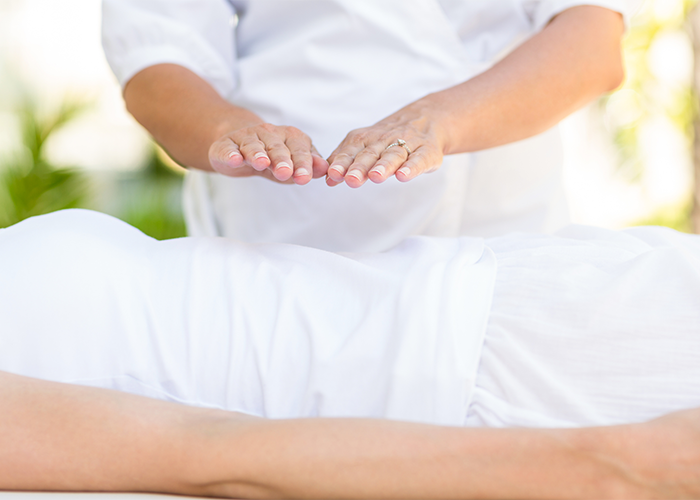
Before we get into what you can expect from your first massage session, you’re probably going to need a bit of background. Reiki massage is an aspect of Reiki healing. During a session, a practitioner will include parts of the healing therapy into the standard massage. This type of therapy combines the two practices to suit the needs of each person.
So, what is Reiki healing in general and how can it help you? The therapy consists of light touches and empowerments, which are thought to connect people to their “primordial consciousness”.[1] Through the session, a practitioner believes they can increase a person’s energy and vibrational flow. Of course, during a massage, the practitioner will also include some of the standard massage therapy techniques.
In short, a practitioner will lay hands on a patient and encourage the exchange and flow of energy through the body. Those receiving Reiki healing may experience coolness or heat as well as waves of relaxation during a session.[2] Reiki symbols are another crucial aspect of the practice. The practitioner may use symbols — either by saying them or thinking them — to promote specific outcomes during the course of the session.
The underlying theory when it comes to Reiki healing is that the practice helps to rebalance a person’s biofield.[3] That, in turn, should help the body to become stronger and allow it to heal faster than before. Many experts in the practice also believe that the it reduces a person’s stress levels, boosts the immune system, and allows them to up their endorphin production.[4] However, there is insufficient evidence to support these claims.
Reiki Therapy History
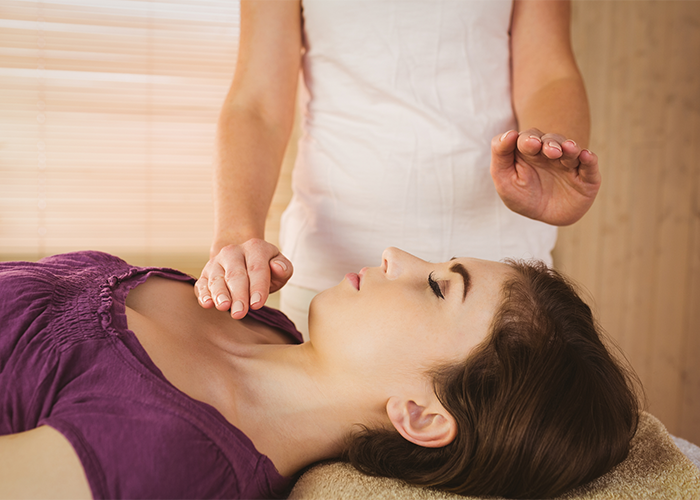
The form of Japanese therapy actually dates back to the 20th-century. Mikao Usui, a predominant figure in the realms of Tendai Buddhism, set out the basis for the massage technique.[5] Through this practice, he became known as one of the most well-respected healers of his time. It is believed that he passed on the knowledge to thousands of students over the course of his lifetime.
When people came to him for Reiki, he would give them a few minutes of “light healing touch” and also advise them on spirituality. This approach allowed people to heal their bodies and minds as well as transforming themselves under his powerful guidance. Usui would offer his students five pieces of advice at the end of sessions:[6]
- Just for today, do not anger.
- Just for today, do not worry.
- Be humble.
- Be honest in your work.
- Be compassionate to yourself and others.
After Usui died, one of his students, Chujiro Hayashi, continued his work on Reiki healing. He developed the system most similar to the modern-day healing technique and stopped the spiritual advice side of the practice.[7] Instead, the newly adapted technique focused on the physiological aspect of the healing. However, it used the foundations of the technique that Usui had created as the basis for its methods.
Did you know: Reiki healing dates back to early 20th-century Japan?[8]
During the mid-1930s, an American named Hawayo Takata visited Hayashi’s clinic to receive treatment for her breathing problems.[9] Once her bout of treatment in Reiki healing was complete, she decided to become a student of the clinic and learn how to practice. On returning to Hawaii, Takata began to share the Reiki teachings with those in the West.[10] It is believed that this is how the form of therapy became popular in this country.
Why Do People Practice it?
Reiki healing has become popular in the western world in recent years. There are many reasons that people believe Reiki to be beneficial to their mental and physical state. With that in mind, let’s take a look at why people choose to undertake this unique practice.
1. Low-cost therapy
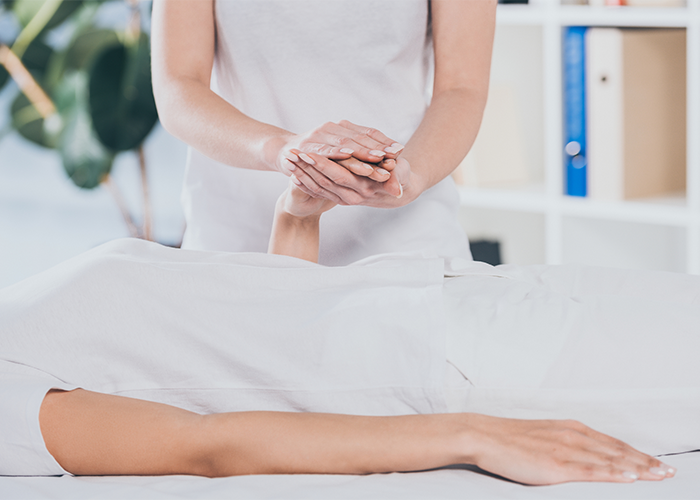
Reiki massage or Reiki healing therapy can be relatively low-cost. The average cost of a session is between $60 and $90.[11] What’s more, should you wish to learn the technique yourself, you can do so with a Reiki Master. That means that some people use it as a low-cost version of home stress or pain relief.
2. Available for everyone
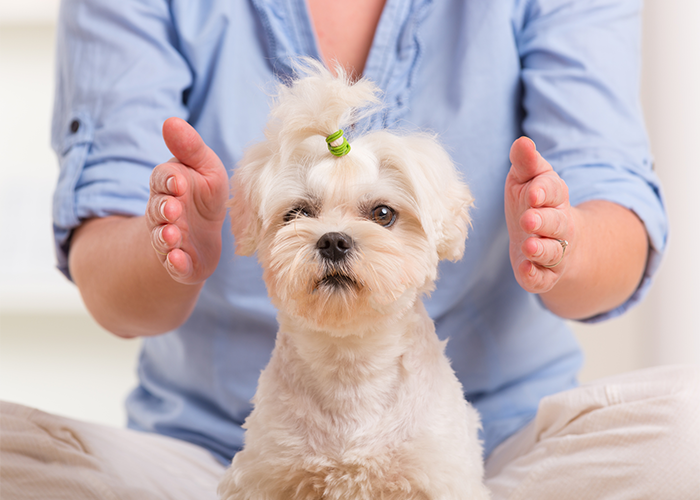
Want to give Reiki massage a whirl? While Reiki healing is spiritual, it’s important to understand that it is not a religion. For that reason, it is an available option for anybody who wants to use it, regardless of their belief system or sense of spirituality.
The roots of the practice lie in Buddhism, however, each person comes to the therapy for their own reasons. At the core, the message here is that everyone is welcome to try it.
3. Ideal for self-care
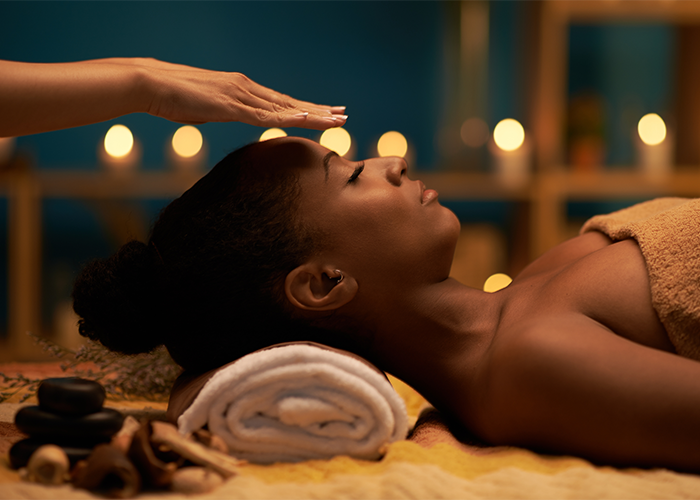
Everyone needs to make time for themselves. If you’re in the midst of creating a self-care routine that works for you and your lifestyle, you might include Reiki healing. Much like mindfulness, the therapy involves focusing your attention and mind while you practice. It also encourages you to take some time in which you relax and attempt to heal yourself.
What Does Science Say About Reiki?
Needless to say, Reiki healing is a highly controversial topic. Despite the fact that it has been commonplace in the US for more than 50 years, it remains a tricky subject. The reason is that the technique lacks sufficient scientific evidence. What’s more, many of the claims made about the touch therapy are merely anecdotal. The trials and reports that have been published on this topic are mainly inconclusive in their results. To better understand this issue, let’s look at some of the most relevant scientific reports here.
Reiki may help dialysis patients
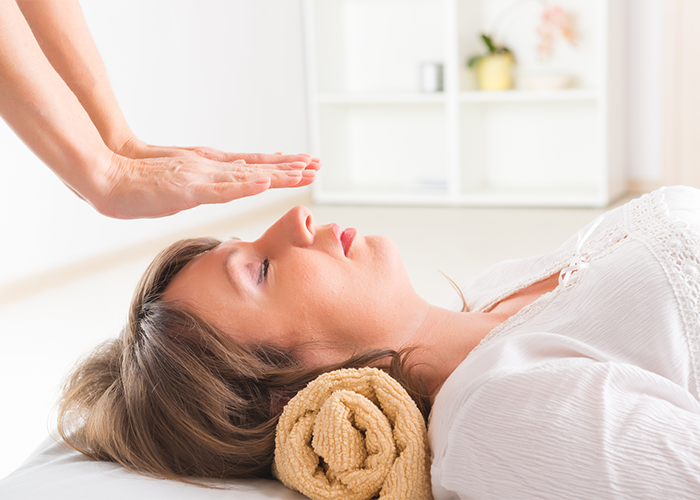
Around 14% of Americans suffer from a condition known as Chronic Kidney Disease (CKD) which can lead to end-stage kidney failure.[12]
Should a person have serious problems with their kidney functions, they may undergo dialysis treatment. This method removes waste from the kidneys while also controlling a person’s blood pressure and also maintaining a safe level of chemicals in the blood.[13] This treatment is given in a hospital or clinic environment and overseen by a group of professionals.
One of the great issues with this form of medical treatment is that it can be highly painful. For that reason, Reiki healing could be a supplementary way in which patients can get some relief. Research from the BMC Nephrology Journal suggests that these patients could benefit from a “healing touch” such as that given during massage sessions.[14] This type of treatment could offer some mild pain relief and is non-invasive. That means that it is entirely safe for patients to receive the massage or learn to do it themselves.
It could lower pain intensity
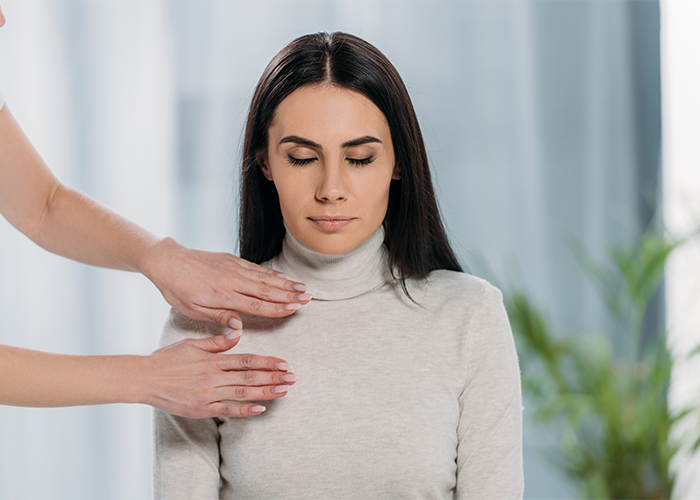
One of the major reasons that people opt to have Reiki healing sessions is as a form of pain reduction. There could be all manner of reasons that someone is suffering from ongoing bouts of pain.
While there are medical solutions to this problem, many prefer to take a more holistic approach. Adding an aspect of Reiki healing to a person’s recovery plan could allow them to manage their pain levels without relying on drugs.
Research published in the International Journal of Behavioral Medicine states that there is strong evidence that Reiki healing reduces the intensity of pain for both free-living and hospitalized patients.[15] That could mean that Reiki healing can improve people’s comfort levels when they are suffering from painful conditions. However, the researchers in this report also noted the need for “further high-quality studies” on this topic.
It may help anxious patients
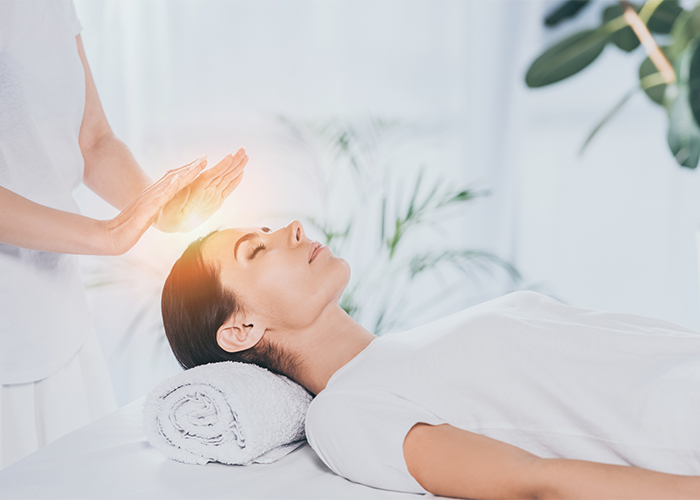
The same study published in the International Journal of Behavioral Medicine found moderate evidence to suggest that Reiki helps to lower anxiety levels for hospitalized populations.[16]
Put simply, that could mean that undergoing this form of therapy allows people who are in the hospital to cope mentally with their illnesses and the pressure it puts upon them. However, it’s worth understanding that this effect could be a placebo. It may be that patients feel less anxious on receiving the therapy simply because they believe in it.
Result: More evidence is needed
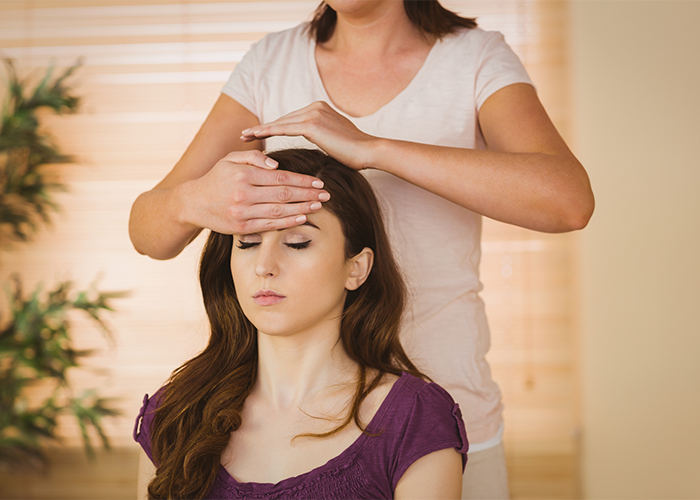
As you can see from the studies listed here, none of the reviews are entirely conclusive. That means that one of the biggest issues with Reiki healing is that there is currently not enough evidence to support its therapeutic claims. Plus, there have been reviews into the current research, which highlight the problem with the therapy.
For instance, a medical review published in the US National Library of Medicine concluded that there was insufficient evidence to suggest that this technique could be used to help people suffering from any condition.[17] The researchers noted that, due to the lack of current evidence, the value of Reiki healing is “unproven”. For this reason, it is important to be somewhat skeptical about the claims made by Reiki practitioners. While Reiki therapy may work for some people, there is no strong research to support most claims.
Takeaway: Practitioners make many claims about Reiki healing. However, more scientific research is needed to prove its benefits.
The 5 Reiki Symbols: Their Meanings & Purposes
One of the fundamental parts of Reiki healing, aside from the touch massage, is the symbols. Each individual Reiki symbol has a deep meaning and a purpose for which it is used. During a massage session, the practitioner will either mentally or verbally repeat the associated phrases and draw the Reiki symbols. Before you embark on your first massage, it’s important that you understand what these phrases mean and how they are used. Here we will take a look at the five Reiki symbols and each of their purposes.[18]
1. Cho Ku Rei
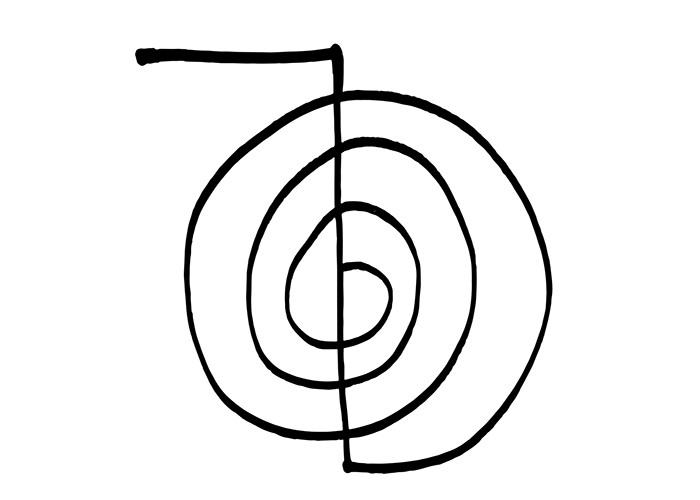
Also known as the “Power Symbol”, the Cho Ku Rei may have two meanings. The first is “Man and God coming together” while the second is “I have the key.” To use this Reiki symbol, a practitioner should repeat the phrase three times while drawing the symbol onto the patient. Of course, you can do this yourself when you have learned the practice.
What is the symbol’s purpose?
Perhaps the most popular of all the Reiki symbols, Cho Ku Rei can be used for a range of reasons. It is thought to help rid a person of negative energies, offer spiritual protection, and help to empower the other symbols. For that reason, a practitioner may use it in combination with another symbol during a massage session.
2. Sei Hei Ki
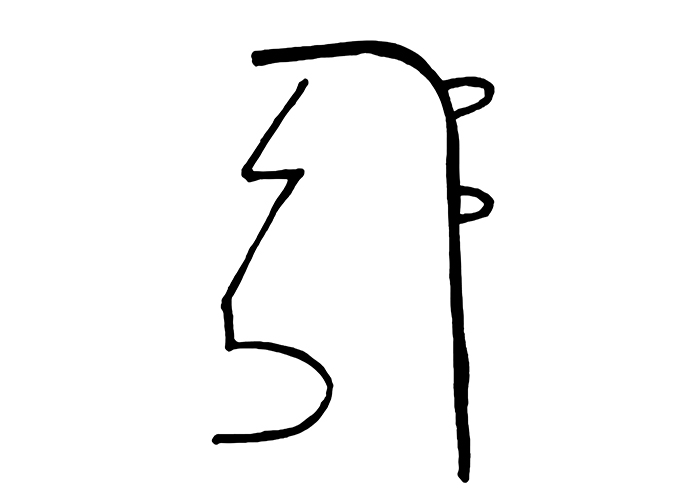
Sei Hei Ki is believed to be either the “Emotional Symbol” or the “Mental Symbol.” It could either mean “the key to the universe” or “God and man coming together.” As the name suggests, practitioners use this particular symbol when addressing any patient issues that are to do with the mind, such as maintaining a sense of calmness and clarity.
What is the symbol’s purpose?
The Sei Hei Ki symbol may be applied to a wide range of mental and emotional issues. For example, it could be used to help clear emotional blockages, get rid of negative energies, and overcome certain mental traumas. When a patient sees a practitioner, they will have the chance to talk about the issues they are facing and choose the right symbol for them.
3. Tam A Ra Sha
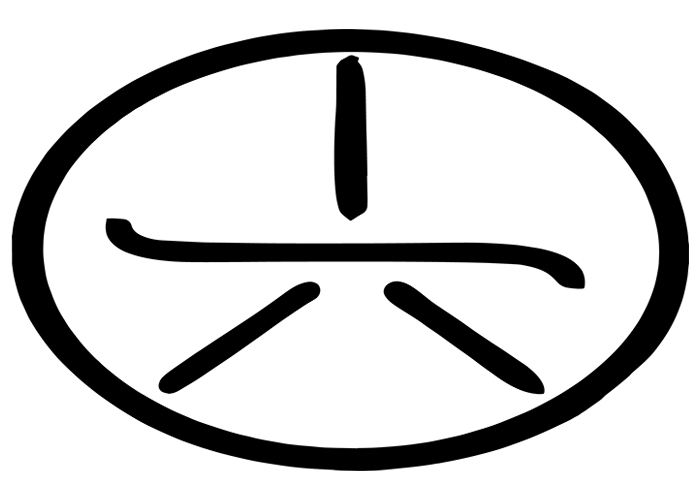
Next up, let’s take a look at the Tam A Ra Sha symbol. This one is known as the “Balancing Factor” and is used mainly in pain relief sessions. Those using Reiki healing as an alternative form of treatment will be familiar with the sign.
What is the symbol’s purpose?
As already mentioned, this is the Reiki symbol associated with pain relief. The practitioner uses this symbol simply by signing it over the afflicted area of a patient’s body. The idea is that the symbol helps ease the pain. For example, if a patient has digestive issues, the practitioner could make the sign over the stomach area.
4. Hon Sha Ze Sho Nen
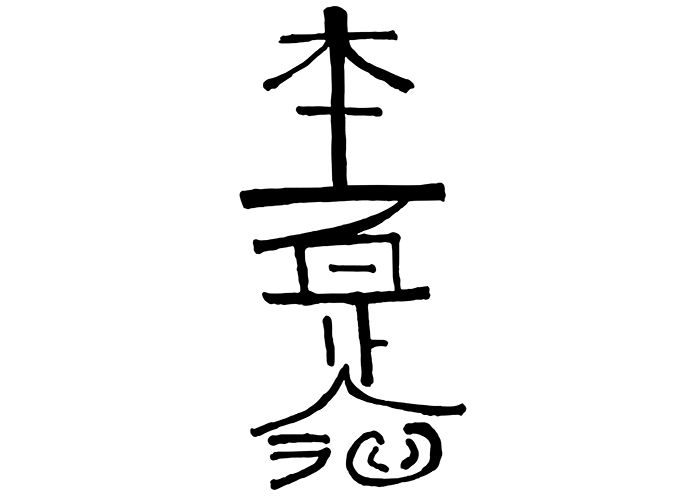
Translating loosely as “the God in me greets the God in you to promote enlightenment and peace,” the Hon Sha Ze Sho Nen symbol is a powerful one in Reiki healing. This sign is also known as the “Distance Symbol,” which gives us a clue to its underlying meaning.
What is the symbol’s purpose?
Unlike the other Reiki symbols, this one can be used for any person, regardless of where they are. Practitioners can use the Hon Sha Ze Sho Nen symbol to send Reiki healing energies across distance and time. For example, practitioners believe that they can send Reiki healing energy to the past to help relieve traumas.
5. Dai Ko Myo
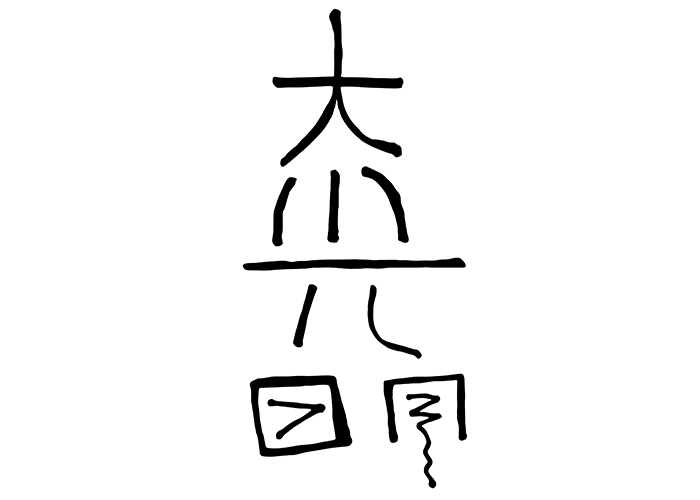
Dai Ko Myo is the “Master Symbol” according to Reiki healing. As the name denotes, it is thought to be the most powerful of all the symbols. For that reason, not every practitioner can use this symbol. Only those who have become a master in the practice are able to do so. You might say that it is the peak of Reiki healing therapy.
What is the symbol’s purpose?
Since the Dai Ko Myo symbol is hugely powerful, it has a wide range of purposes. It is believed that this particular Reiki sign can help to heal diseases as well as the body and the soul. Aside from that, followers of Reiki healing believe that this symbol can also help people to reach a state of deeper enlightenment.
What to Expect & How to Prepare for Your First Reiki Massage Session
Before you go ahead and book yourself a Reiki massage session, you may want to understand what will happen. To help you along the way, let’s take a quick look at what you can expect during your session as well as how you should prepare.
What to expect from your session
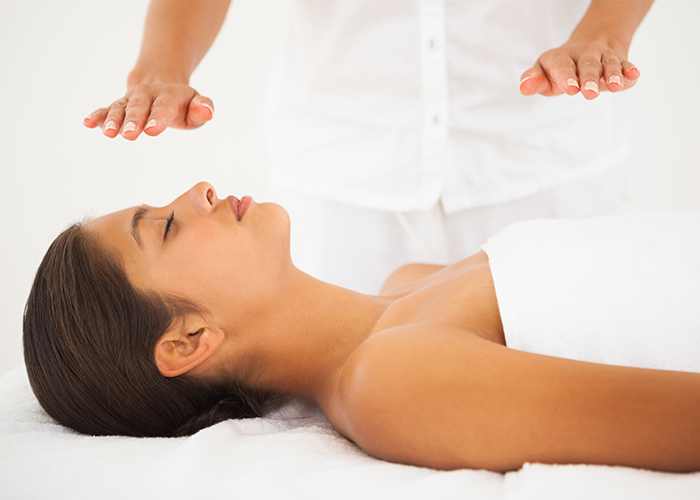
When you have booked your first Reiki massage session, make sure you arrive 10-15 minutes early. You may need to fill out paperwork and have an appraisal with your practitioner. The latter is simply a quick chat in which you discuss what you hope to gain from the massage. Be clear about your needs and hopes for the session. Remember that Reiki massage differs from standard Reiki healing therapy.
- Reiki Massage
During a Reiki massage, you may sit on a comfortable chair or fully recline on a bed. The practitioner will use massage techniques from a form of massage therapy. However, they will also incorporate Reiki healing therapy methods. For instance, they may include the symbols in the session. Speak to your practitioner about your needs ahead of time. - Reiki Healing
During a Reiki healing session, you will remain fully clothed. The therapy is a “light touch massage” which means that the practitioner may gently touch you during therapy. If you would prefer not to be touched, let the practitioner know before you start. You should remain calm and relaxed at all times.
How to prepare for your session
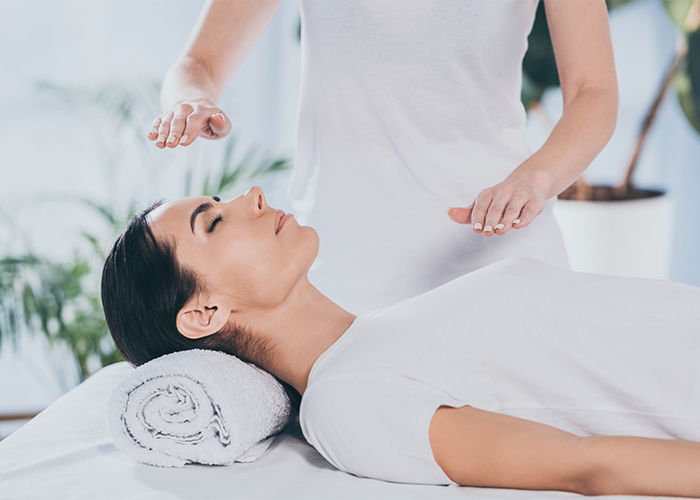
Before you book a session, you should do some preliminary research. You may find that there’s a wealth of different Reiki practitioners in your area. Be sure to read testimonials from each of these professionals. That will help you decide which one is right for you.
Note that the practice may vary from practitioner to practitioner depending on the form of Reiki they use. Some adhere to the traditional practice while others have adopted more modern techniques. It may help to speak to the professional before booking.
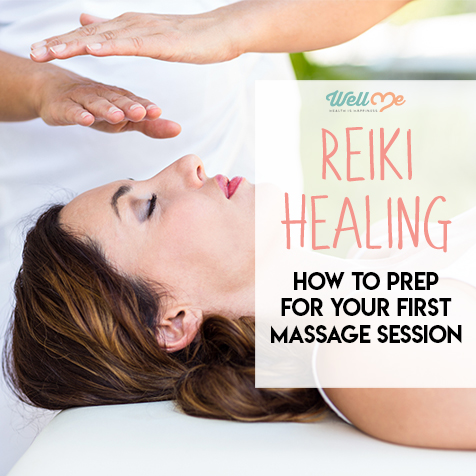
Conclusion
Ready to book your session? The greatest thing about Reiki healing is that it is neither dangerous nor expensive. So, should you wish to try it for yourself, you have very little to lose. If you’re intrigued by the alternative form of therapy, why not get started today and book yourself a session? You might just find the massage therapy works for you!
References
- [1] http://reikiinmedicine.org/pdf/alt_therapies_reiki.pdf
- [2] http://reikiinmedicine.org/pdf/alt_therapies_reiki.pdf
- [3] Reiki in Medicine. http://reikiinmedicine.org/pdf/alt_therapies_reiki.pdf
- [4] http://reikiinmedicine.org/pdf/alt_therapies_reiki.pdf
- [5] http://reikiinmedicine.org/pdf/alt_therapies_reiki.pdf
- [6] Reiki in Medicine. http://reikiinmedicine.org/pdf/alt_therapies_reiki.pdf
- [7] http://reikiinmedicine.org/pdf/alt_therapies_reiki.pdf
- [8] http://reikiinmedicine.org/pdf/alt_therapies_reiki.pdf
- [9] Reiki in Medicine. http://reikiinmedicine.org/pdf/alt_therapies_reiki.pdf
- [10] http://reikiinmedicine.org/pdf/alt_therapies_reiki.pdf
- [11] https://thervo.com/costs/reiki-session-cost
- [12] NIDDK. https://www.niddk.nih.gov/health-information/health-statistics/kidney-disease
- [13] https://www.kidney.org/atoz/content/dialysisinfo
- [14] https://bmcnephrol.biomedcentral.com/articles/10.1186/1471-2369-14-129
- [15] International Journal of Behavioral Medicine. http://dx.doi.org/10.1007/s12529-009-9062-4
- [16] https://link.springer.com/article/10.1007%2Fs12529-009-9062-4
- [17] NCBI. https://www.ncbi.nlm.nih.gov/pubmed/18410352
- [18] https://reikiguide.org/reiki-healing-symbols

